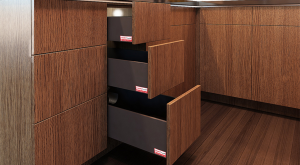Featured Post
How to Restore Antique Wooden Furniture: A Comprehensive Guide
Overview
Restoring antique wooden furniture can breathe new life into cherished pieces. This guide provides step-by-step instructions, care tips, and expert insights to help you preserve your investment. Whether you're a seasoned restorer or a beginner, you'll find valuable information to make your furniture shine again.
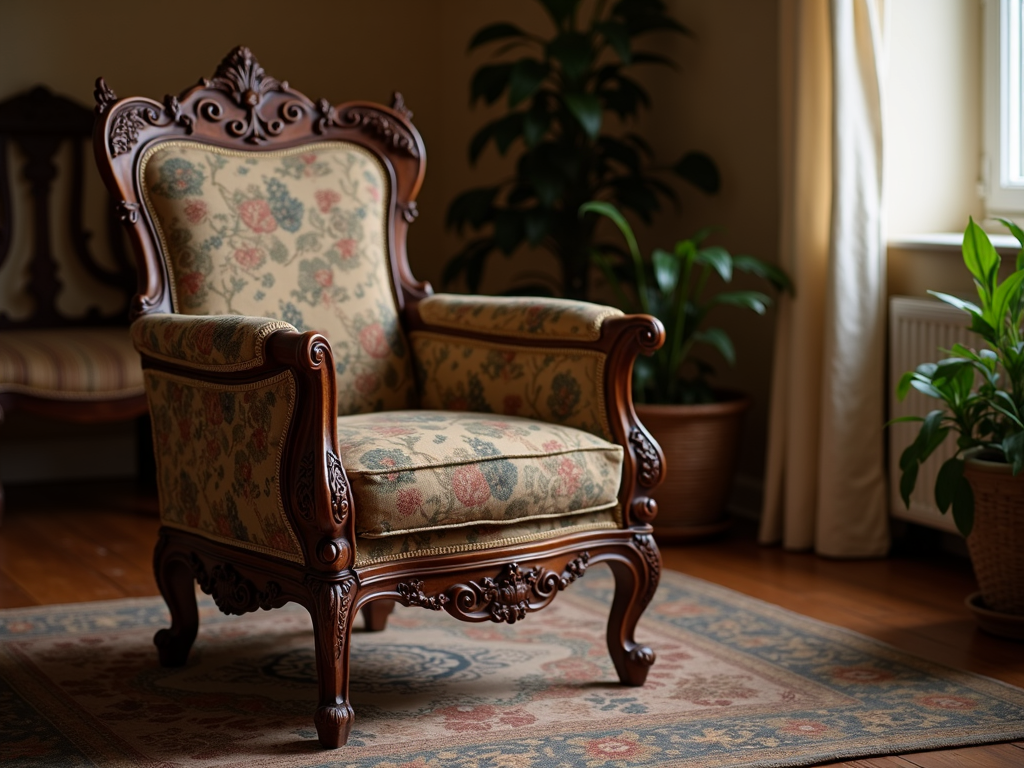
Assessing the Antique Furniture
Before you start restoring your antique furniture, take a close look at its condition and history. Check for damage like loose joints, scratches, or water stains. Knowing the type of wood and finish helps you plan the right approach.
Try to find out where the piece came from and how old it is. A chair from the 1700s needs different care than one from the 1900s. I once restored a family table and learned it was oak from the 1800s—its story made the work even more special.
Look at the wood’s grain to figure out what it’s made of. Oak, mahogany, walnut, and pine are common in old furniture. Each one behaves differently, so it matters. If you’re not sure, ask a woodworking friend or expert.
The finish is just as important. It could be shellac, lacquer, varnish, or paint. Test it with a dab of denatured alcohol in a hidden spot. If it melts, it’s shellac. If it gets soft, it’s lacquer. No change means varnish or paint. This step sets you up for success.
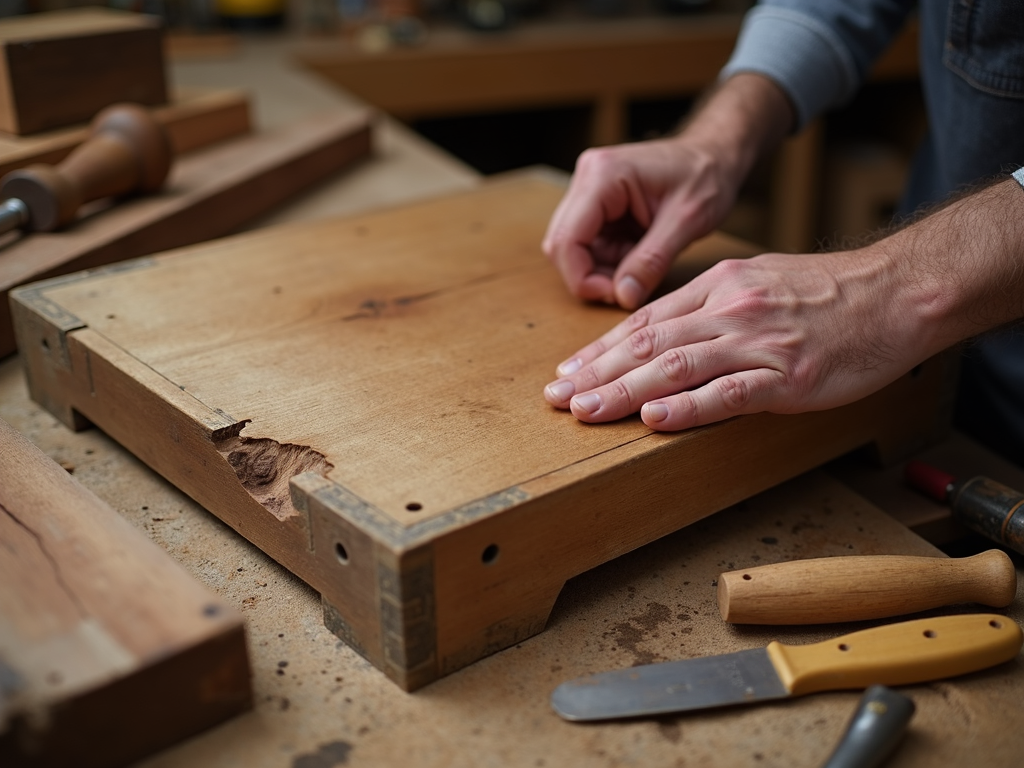
Cleaning Antique Wooden Furniture
Cleaning comes next, but you have to be gentle. Use a soft, dry cloth to wipe off dust and dirt. For tougher spots, mix mild soap with water and use a soft brush—don’t soak the wood.
Stay away from strong chemicals or rough scrubbers. They can ruin the finish or hurt the wood. I learned this the hard way when I scratched a dresser with a harsh cleaner. Instead, try a mix of white vinegar and olive oil. Put a little on a cloth and rub lightly—it works wonders.
For carvings or tight spots, a soft brush or vacuum with a brush attachment does the trick. Go easy to avoid marks. Let the piece dry fully before moving on. Wet wood can cause big problems later.
Want more cleaning ideas? Check out this guide from the Smithsonian Institution on caring for wooden artifacts. It’s full of smart tips.
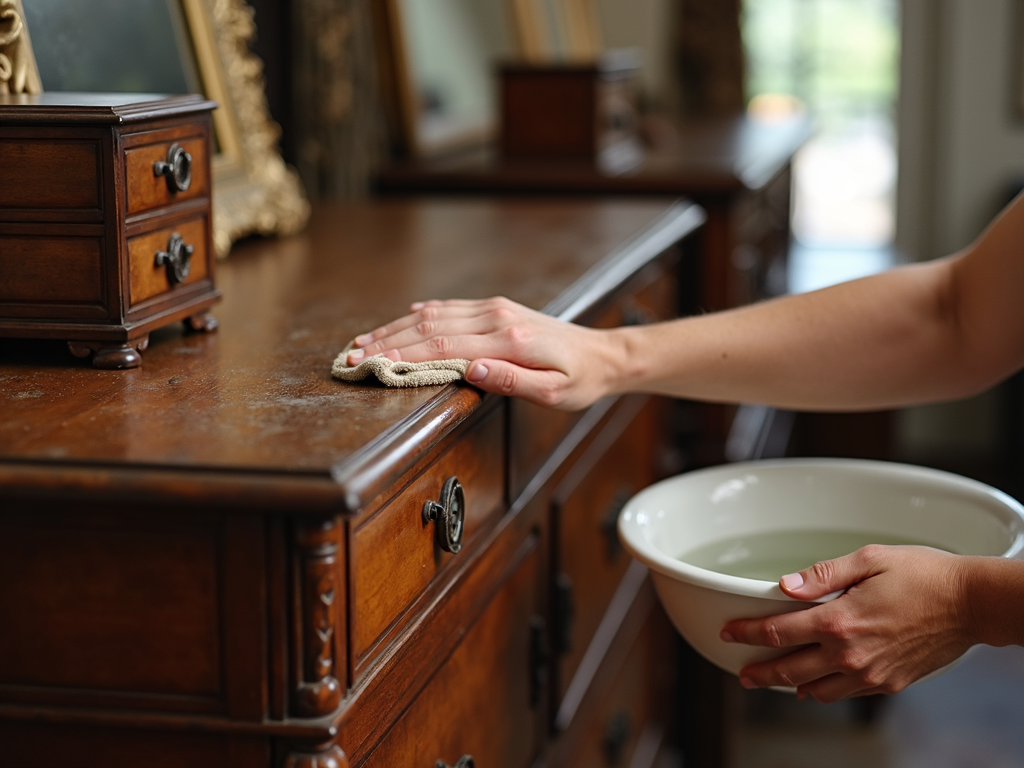
Repairing Damaged Areas
Old furniture often needs fixes. Look for loose joints, scratches, or dents. For shaky joints, take the piece apart carefully and add wood glue. Clamp it tight and let it dry overnight.
Scratches and dents can be filled with wood filler or wax sticks that match the color. Spread it on, smooth it, and buff it lightly. Deep scratches might need a light sanding and a bit of stain. I fixed a chair leg this way, and it looked brand new.
If the damage is bad or you’re nervous, talk to a pro. They can save a piece without ruining its value. Less is more here—keep as much of the original as you can.
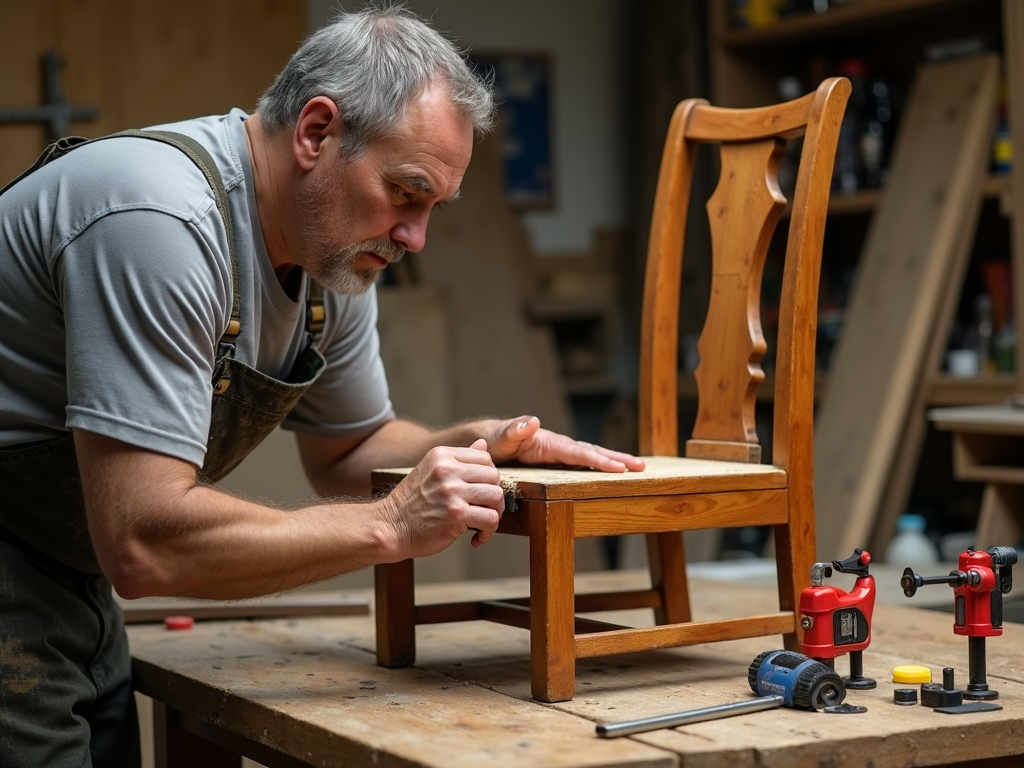
Refinishing the Furniture
Refinishing can make furniture glow, but don’t rush in. If the finish is okay, just clean and polish it. I skipped refinishing a bed once because the varnish still shone—it saved time and kept its charm.
If it’s worn out, strip the old finish with a mild remover. Follow the directions, work outside or with open windows, and wear gloves. Sand the wood lightly with fine sandpaper after. Don’t press hard—you’ll hurt the wood.
Pick a finish that fits the wood and style. Shellac gives a warm look and fixes easily. Lacquer shines bright but needs skill. Varnish protects well, and oils like tung bring out the grain. Here’s a quick table:
| Finish | Pros | Cons |
|---|---|---|
| Shellac | Warm tone, easy fixes | Less durable |
| Lacquer | Glossy, tough | Tricky to apply |
| Varnish | Strong protection | Longer drying time |
| Oil | Shows natural beauty | Needs reapplying |
Brush on thin coats along the grain. Let each dry before adding more. Buff it smooth at the end. For more, see this guide from the Woodworkers Guild of America.
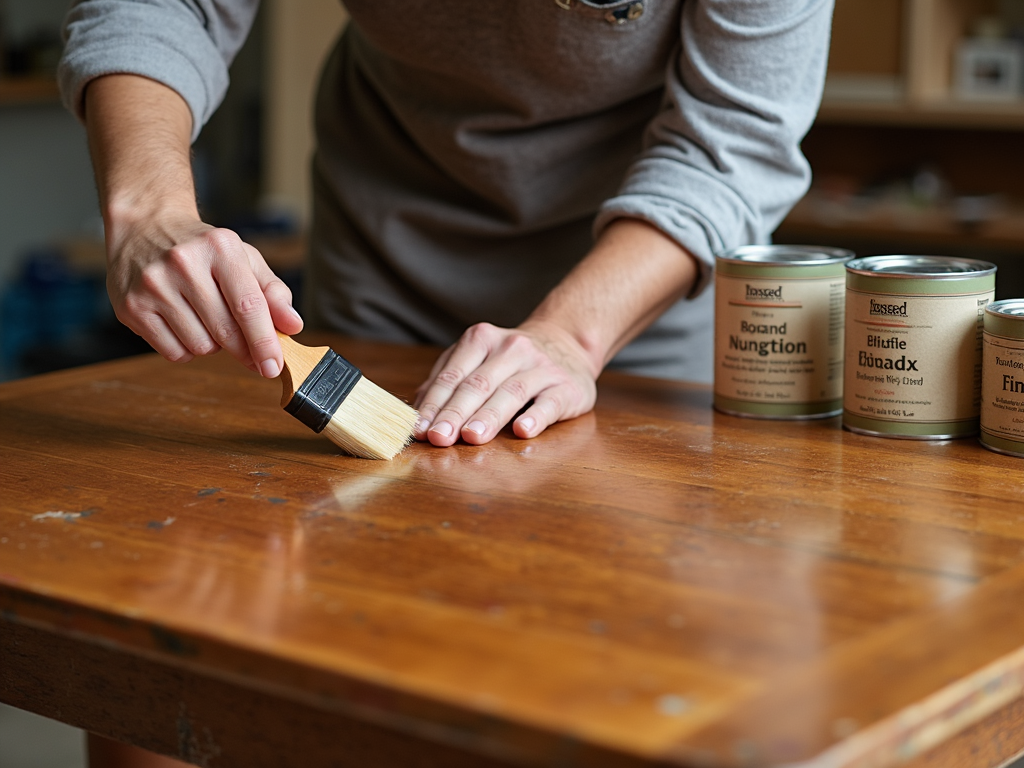
Caring for Different Materials
Antique furniture isn’t just wood—it might have fabric or metal parts too. Each needs its own care. For wood, dust often and polish sometimes with a good product. Keep it out of sun and heat to stop fading or warping.
Fabric on chairs or beds needs vacuuming to get rid of dust. Spot-clean stains with a mild cleaner, but test it first. If it’s fancy, get it cleaned by a pro. I had a sofa’s fabric saved that way.
Metal knobs or hinges? Wipe them with a damp cloth and mild soap. No rough stuff—it scratches. Tarnished metal can shine again with the right polish. For beds, check the frame and headboard carefully. Match the mattress to the frame so nothing breaks.
Handle each part right, and your furniture stays stunning.

Maintaining Your Restored Furniture
After all that work, keep your furniture looking great. Dust it weekly with a soft cloth. Use coasters and mats to avoid spills or scratches. I started doing this after a coffee ring marred a table—it’s a simple fix.
Keep humidity steady at 40-60%. Too dry, and wood cracks; too wet, and it swells. Stay away from windows or heaters where the air changes fast. Polish every few months to keep the shine.
Check for wear now and then. Fix small problems before they grow. These steps from Care Tips for Wooden Furniture: Protecting Your Investment will keep your pieces lasting. For more, read these tips from the Furniture Society.
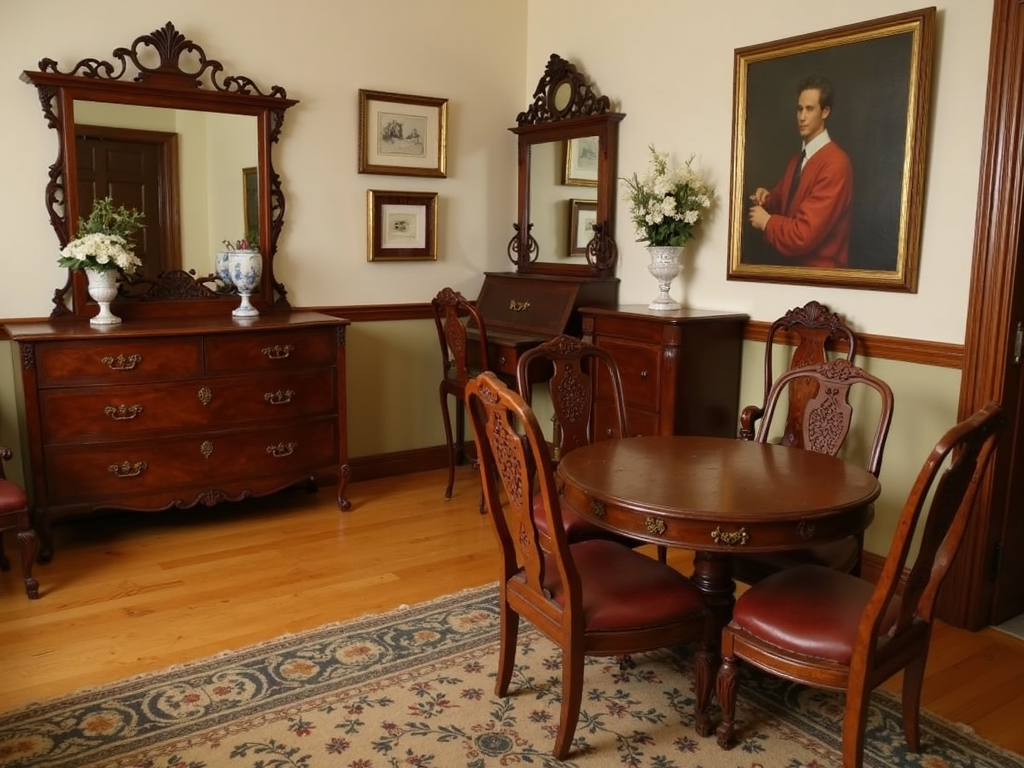
Summary
Restoring antique wooden furniture takes time and care, but it’s worth it. Assess it, clean it gently, fix what’s broken, refinish if needed, and maintain it well. Pay attention to wood, fabric, and metal parts. With these steps, your furniture—and maybe that special bed—will last for years.







